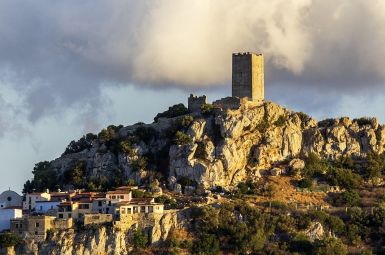Promozione di attività turistiche dell'Italia più nascosta e autentica alla scoperta dei piccoli paesini e dei centri storici, veri e propri musei a cielo aperto ricchi di arte, architettura e tradizioni.
I Borghi d'Italia è un marchio registrato.
Organizzazione tecnica e programmazione: Uxentum Tour.
P.IVA: 04800260756
